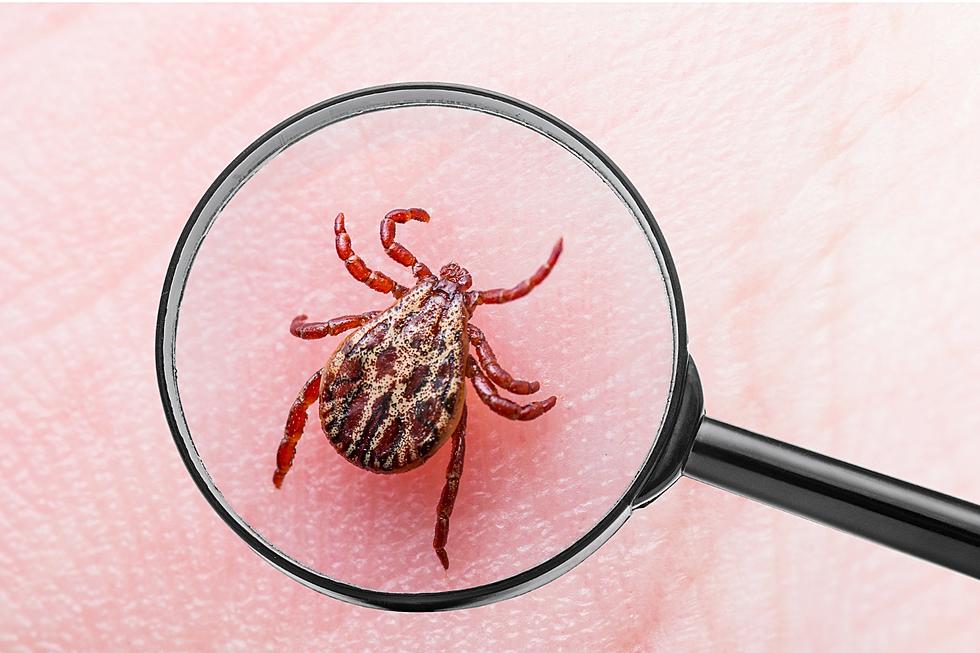
Did You Know One of the Deadliest Ticks is Lurking in Alabama?
Whether in your backyard or the wilderness, anyone who spends time outdoors should be aware of encountering ticks and acquiring a tick-borne illness.
Several different types of ticks threaten Alabamians. The most common ticks in the Yellowhammer State are the Lone Star (Water Tick), Black-Legged (Deer Tick), American Dog (Wood Tick), Brown Dog, and Gulf Coast.
In 2022, the Alabama Department of Public Health reported tick-borne diseases such as 3 cases of Tularemia, 11 cases of Ehrlichiosis Anaplasmosi, 32 cases of Lyme disease, and 118 cases of Spotted Fever Rickettsios.
Now there are other “high-profile tick-borne diseases — Powassan virus and Southern Tick Associated Rash Illness,” said UAB. However, there have been no reports of them occurring in Alabama yet.
The Powassan virus is associated with the Lone Star tick. UAB said that “approximately 10 percent of people who develop brain swelling and meningitis die, and almost half of those who survive have permanent neurological damage, which includes blurred vision, facial tics and memory problems.”
Did You Know Ticks Have Seasons in Alabama?
The myth that ticks are only a summer nuisance can be misleading. Ticks have seasons, and some overlap, making ticks a threat all year long. Here is a handy guide from the Alabama Department of Public Health.
Initial signs of tickborne illnesses can vary but commonly encompass fever, muscle soreness, headaches, fatigue, and/or a rash. In certain cases, tickborne diseases have the potential to escalate in severity or pose a life-threatening risk if left untreated.
Alabama Department of Public Health – Prevention Tips
You can lower your risk of getting a tickborne disease while outdoors by:
Avoiding wooded and brushy areas where ticks tend to live
Walking in the center of trails
Using repellent that contains at least 20% DEET, picaridin, or IR3535 on exposed skin
Treating clothes with 0.5% permethrin
Finding and removing ticks from your body and clothing within 2 hours of coming indoors

Alabama Department of Public Health
How to Safely Remove a Tick Attached to Your Skin
Use tweezers to grasp the tick as close to the skin's surface as possible.
Pull upward on the tick with steady, even pressure. Do not twist or jerk the tick.
Dispose of a live tick by submerging it in alcohol, placing it in a sealed container, or flushing it down the toilet.
Clean the bite area and your hands with soap and water, rubbing alcohol, or an iodine scrub after removing the tick.
READ MORE: West Alabama Woman Lives with Deadly Spider Inside Ear for Days
LOOK: 11 tick-borne illnesses and what to watch out for during your outdoor adventures
Smoky Mountains 2023 Fall Foliage Prediction Map
LOOK: 20 of the biggest insects in the world
Quiz: Do you know your state insect?
More From Alt 101.7









